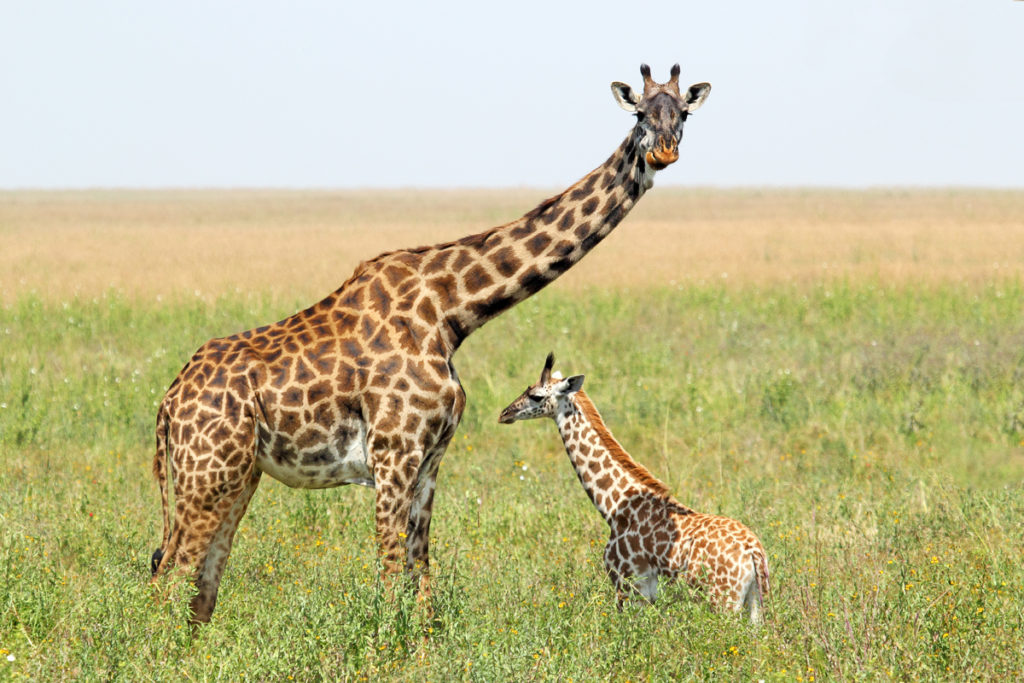
Result check: the role of the European Union to save endangered species.
The International Conference on Trade in Endangered Species ended. We provide a brief analysis and address future challenges for the European Union and its Member States.
Earlier this year, the public was shaken up when an international forum of scientists demonstrated that we are on the path to a mass extinction of unimaginable proportions. All the more attention was paid to the three-yearly Conference of the Parties to the Convention on International Trade in Endangered Species of Wild Fauna and Flora (CITES), which ended on 28 August 2019 in Geneva.
And the conservation organisations that participated in the conference as observers were pretty positive about the achievements: the status of protection was improved for 142 animal and 20 plant species, including giraffes, 18 shark and ray species, crowned cranes, but also little known species such as three sea cucumber species and two swallowtail species.
The list of species discussed at this conference clearly shows the significance of the international pet trade for endangering species worldwide. A total of 114 species, for which there is substantial demand from private pet owners, are to be better protected in future, including 2 Asian otter species and about 50 reptile and amphibian species each, as well as several tarantula species.
The EU member states are one of the largest markets for exotic wild animals kept as pets and therefore bear a great responsibility. However, they have only partially lived up to this responsibility at the conference. While they themselves have submitted and passed some proposals for protection, other proposals have failed due to resistance from the 28 EU countries, which always vote as a block at CITES conferences. In particular, the proposal to protect 104 species of glass frogs, which live in the forests of Central and South America and are sought-after by terrarium owners, was rejected due to the votes of the EU member states.
Further successes of the conference include the establishment of a “Big Cat Enforcement Task Force” against the illegal trade in big cats and their body parts, and the decision to end the export of wild elephants from Africa. So far, Zimbabwe in particular has torn baby elephants from their families to sell them to zoos (mostly in Asia). The EU member states played a questionable role in this issue. When the committee passed the decision, it was only because some EU states had not yet completed their accreditation process. This was followed by a threat to overturn the decision in the final plenary session, which, however, could not be realised against strong resistance.
Proposals to legalise trade in ivory from five countries in southern Africa were rejected very clearly, also with the votes of the EU member states. It is now time for the EU and its Member States, which are one of the world’s largest trading centres for ivory, to finally take resolute action against the ivory trade. More to come on this topic.
Read further:
https://www.hsi.org/news-media/cites-cop18-wrap-up/
https://www.bornfree.org.uk/blog/cites-roundup
Blog article by Nicolas Entrup, one of the founders of the #loveyouEU initiative


